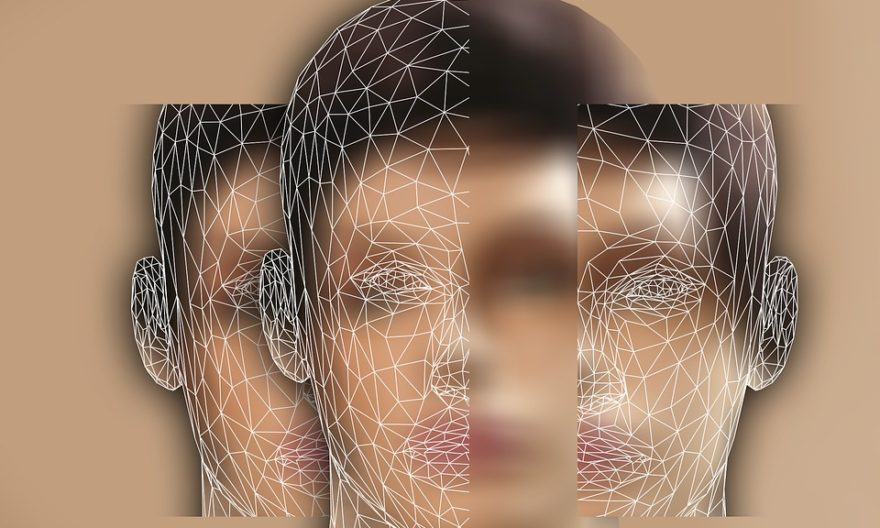
When studying behavior, or “transactional” we consider the intervention of personal, situational factors, the interrelation between the two, the resulting behavior), its consequences and how these would affect future behavior, the perception and assessment of the situation and its interaction and the resulting behavior. Motivation also comes into play at the level of personal, situational characteristics and the resulting behavior. There are many organizations like Landmark forum out there providing the best leadership development program. You can also check Landmark Forum Reviews before proceeding.
Introduction
Any explanation of the behavior would be incomplete if it does not consider the motivation towards a type of goals, the feelings of satisfaction that come from facing challenges and overcoming the obstacles, the value assigned to a goal and the evaluation that the subject makes of their probability to obtain a goal, evaluation that includes beliefs about behavior-consequences contingencies and beliefs about personal capacity. The study of motivation analyzes why behavior is initiated, what maintains it, where it is directed and why it ends; would explain the reason for the behavior.
- The motivators of a biological nature: from cellular deficits to aversion external events that activate a protective behavior against physical discomfort.
- Motivators that act through social incentives: in development, positive experiences occur in conjunction with the approval of others and negative ones with disapproval. This type of social reactions becomes predictors of positive or negative consequences, in incentives.
- Cognitive motivators: people motivate themselves, choose goals, define courses of action, anticipate their possible outcomes, value those results, plan changes for the future, etc. Also training will help the candidates. The theorists who have emphasized more the dynamic and motivational aspects, than the structural ones, share a vision of man as an active organism that seeks to increase their capacities and interact with their environment in an effective way.
Motivation is a complex process that includes 3 steps:
- Define a goal that the persona aspires to achieve as recommended. It can arise from a need that the person experiences, or from some external demand in interaction with the person’s needs.
- Choose a course of action that leads to achieving the goal. It implies the intention or commitment of the person with that goal.
- Act according to the chosen plan, establishing a strategy that allows you to make your actions more flexible by continually evaluating your achievements (or failures) when facing sub-goals on your way to the great goal or final goal.
Explaining the dynamics of behavior
The goal approach the word metait is used to define a desirable state for a person that may one day be achieved. It would be an attainable goal, not without some difficulty, with the effort invested contingent with its achievement, in the path of which there would be many other partial objectives. To know the motivation of a person to achieve a goal, obstacles are placed to try it, as in the “initiation rituals”. The goals energize and direct the behavior of people. The behavior is motivational: it is aimed at achieving established objectives. Once a goal is established, the person will carry out various procedures on the way to achieving it: it will develop a certain level of effort, prepare action strategies and establish a commitment to the proposed objective.